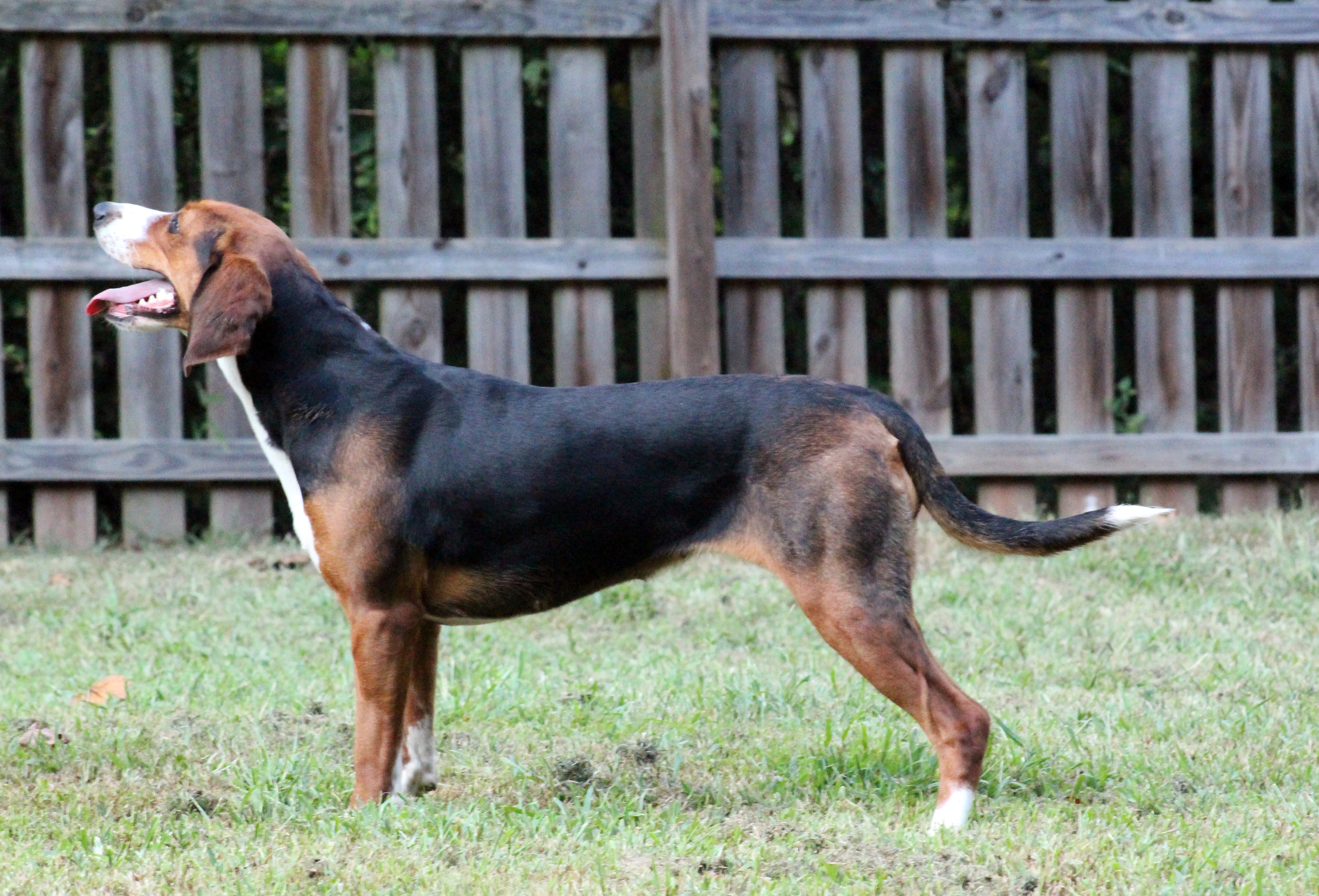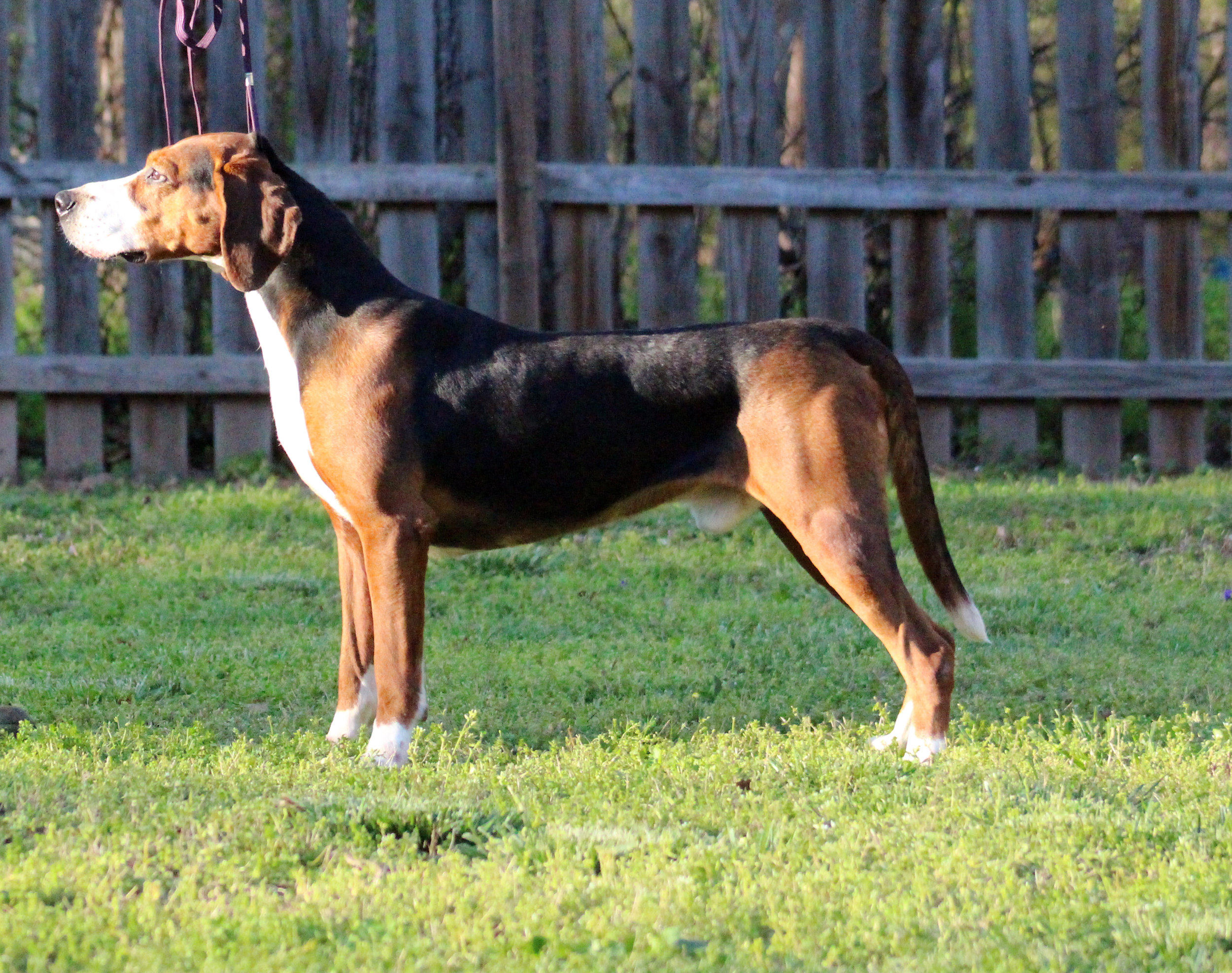I haven't blogged in a while simply because I've been incredibly busy, so to those who have sent me puppy inquiries, you are not forgotten and I will send you applications shortly.
First, I'd like to thank the judges and the UKC for an amazing first UKC Premier. To say that Premier exceeded my expectations was an understatement. It was such a busy time that nearly two months later, I am just now getting back to normal. If you haven't noticed on Rolo's page, there is a huge update for him. Rolo made breed history by winning Total Dog Reserve Best in Show at UKC Premier. He also earned a regular group placement. Due to Rolo's success at Premier, I fielded a few interviews and I am finishing up on an article to be published later.
I am going to post the interview that has come out recently in the Umgas Swedish-American Culture magazine. Please visit their article for photos and the full content of their amazing magazine.
OUR REVIEW OF HAMILTON…THE DOG BREED
We introduced the Hamiltonstövare as part of our roundup of Swedish dog breeds. Who knew the breed has a club right here in the United States?
We jumped at the chance to catch up with Ashley Hammock, founder and president of the Hamiltonstövare Club of America.
Tell us about the history of the Hamiltonstövare breed.
Hamiltonstövare were developed in Sweden by Count Adolf Patrick Hamilton, who wanted to develop a hound that was sturdy enough to withstand the climate and environment in Sweden and have instincts to hunt hare or fox all day. They also have been developed to work closely with their owner and are expected to adapt easily to house life when not hunting.
Where did your passion for Hamiltons come from?
I’ve been involved in dog shows since I was 12 years old and started showing beagles, but I have always liked big dogs. When I started college at Old Dominion University, I saw a gorgeous dog on the Animal Planet TV show “Crufts.” The moment I saw that dog, I knew I had to find out anything and everything about the breed. The more and more I learned about the breed, the more I knew that they were perfect for me. In 2010, I got my first Hamiltonstövare from the UK and never looked back.
Now, I am happy to say that my male Hamiltonstövare is a direct ancestor to the very first Hamiltonstövare I saw on TV.
You have 4 Hamiltons yourself! That’s quite the crew.
My first Hamiltonstövare is Alice. My second is Rolo. Their daughters’ names are Raven and Selene. Rolo is also my active service dog, and his daughter Raven is in training to be a service dog when Rolo retires. Rolo acts as my balance aid, helps alert me to stressful situations and alerts me to impending panic attacks.
Rolo won one of the most elite dog show awards that the breed can win in America at the UKC Premier Dog Show in Kalamazoo, Mich. What was the award, and how did you prepare him for the show?
Rolo won Total Dog Reserve Best in Show at the 2016 UKC Premier Dog Show, it is the first time that a Hamiltonstövare has ever won that award. I am still shocked that he did so well.
His performance event is weight pull and he pulled just over 10 times his body weight (796 pounds!). Rolo is a competitive show dog so his preparation for this show was like any other, good food, a nice bath, some grooming and exercise. He started showing at an early age so we reinforce showing with training to refine his skills.
Weight pull is a different thing as a dog must be extremely physically fit and confident to have the desire to pull the cart. I never force him to pull if he doesn’t want to. I didn’t have to train him much for weight pull, but he does have a cart at home and he will help pull garden supplies from time to time. He loves to weight pull and is actually a better show dog when he does weight pull.
You established the first American Hamiltonstövare club. Why does America need that? And what is the club’s purpose?
The Hamiltonstövare Club of America was established to be the national parent club to advance the breed in America. In order for the breed to be fully recognized by the American Kennel Club, there needs to be a national parent club that helps to guide the breed further. The club has many purposes, but primarily it is to support the advancement of the Hamiltonstövare breed in America, preserve its natural hunting instincts, ensure the breed’s continued health and help any Hamiltonstövare that may need rescue.
Why is it important to keep Hamiltons’ instincts preserved? How do you accomplish that?
Since the late 1800s, Hamiltonstövare have been bred to be working hounds, and in Sweden primarily, they are still used to hunt hare. I feel that it is critically important that Hamiltons should retain their instincts because those instincts are so ingrained in them that it gives them purpose. From a young age, I introduce puppies to rabbit pelts. As they get older, they chase and track rabbit pelts in my fenced-in yard. When they are adults I take them on a tracking-style line where they can safely track rabbits.
We never scold them if they happen to encounter a rabbit or fox while in the yard. We also participate in lure coursing events and have started training for barn hunting competitions to make sure that the hunting instinct is very strong. Unfortunately, hunting in the same style as in Sweden is next to impossible to do in America safely. We are working with a few people in Sweden to establish hunting instinct tests and/or trials as the breed advances in America.
What are some the pros and cons of the Hamilton breed?
Hamiltonstövare are a typical hound in many aspects for the con side of things – they can be stubborn, sneaky and have high energy at times. However, they are relatively quiet compared to other scent hounds like Beagles and Coonhounds. Hamiltonstövare are low-shedding, rarely drool, rarely smell, can live to 14-plus years old on average, extremely healthy, versatile, incredible with kids no matter the age, they are amazingly perceptive to their people and bond very closely to their people, and are ready to do just about anything that you want them to do. They are highly intelligent, but that can be a pro and a con because you have to keep their brain active because a bored Hamilton is a destructive Hamilton. They pick up on training very easily and are known to be incredibly easy to housebreak.
Most Hamiltonstövare are completely unfazed by everything – storms, earthquakes, fireworks, power outages, etc. They are very sensitive to the heat and cannot be kept outside during the summer for very long without having something to cool them off in, but Hamiltonstövare love the cold and snow; they come alive around snow.
If someone is interested in purchasing a Hamilton, where should they go for more information?
Obtaining a Hamiltonstövare within America is very difficult, and I am currently the only one breeding Hamiltonstövare in America at this time. However, if someone is interested in importing or being placed on a waiting list they can go to our website, where they can email a member of the club. The website is also a great resource for breed information, recommended health testing information and links to our Facebook group.











